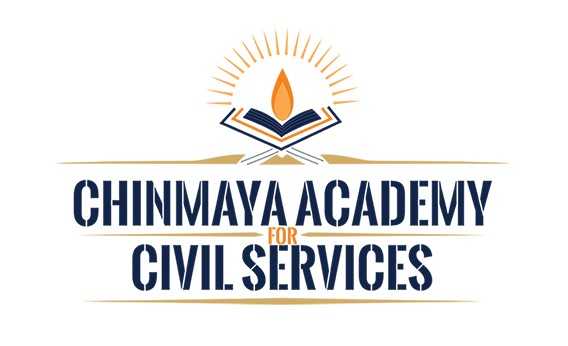Assamese is recognized as one of the 22 official languages of India and is listed in the eighth schedule of the Indian Constitution. With a rich literary heritage and a history of notable works, translations, and philosophical writings, Assamese holds a prominent place in Indian literature. The Union Public Service Commission (UPSC) allows Assamese as an optional subject for the Civil Services Examination.
For those who have studied Assamese as a part of their academic curriculum or who have grown up speaking the language, the Assamese optional subject may be a good choice. The exams will be written in the Assamese script, and candidates are encouraged to review the UPSC Assamese Optional Booklist for more information.
This article offers a comprehensive overview of the UPSC Assamese Optional Syllabus and provides access to a downloadable syllabus PDF. The UPSC Mains exam includes two papers on the optional subject, each worth 250 marks for a total of 500 marks. These two optional papers form a part of the UPSC Mains Examination, which takes place after the IAS Preliminary exam.
ASSAMESE PAPER I
[Answers must be written in Assamese]
Section A – Language
(a) History of the origin and development of the Assamese Language —its position among the Indo-Aryan language—periods in its history.
(b) Development of Assamese prose.
(c) Vowels and consonants of the Assamese Language— Rules of phonetic changes with stress on Assamese coming down from Old Indo-Aryan.
(d) Assamese vocabulary—and its sources.
(e) Morphology of the language—conjugation—enclitic definitives and pleonastic suffixes.
(f) Dilectical divergences—the Standard colloquial and the Kamrupi dialect in particular.
(g) Assamese script—its evolution through the ages till 19th century A.D.
Section B – Literary Criticism and Literary History
(a) Principles of literary criticism up to New criticism.
(b) Different literary genres.
(c) Development of literary forms in Assamese.
(d) Development of literary criticism in Assamese.
(e) Periods of the literary history of Assam from the earliest beginnings, i.e. from the period of the charyyageeta with their socio-cultural background : the proto Assamese Pre-Sankaradeva— Sankaradeva—Post-Sankaradeva—Modern period (from the coming of the Britishers)—Post-Independence period. Special emphasis is to be given on the Vaisnavite period, the gonaki and the post-independence periods.
PAPER II
This paper will require first-hand reading of the texts prescribed and will be designed to test the candidate’s critical ability.
[Answers must be written in Assamese]
Section A
Râmâyana (Ayodhyâ Kânda —by Madhava Kandali only)
Pârijât-Harana —by Sankaradeva.
Râsakrîdâ —by Sankaradeva (From Kirtana Ghosa)
Bârgeet —by Madhavadeva.
Râjasûya —by Madhavadeva.
Kathâ-Bhâgavata (Books I and II)—by Baikurthanath Bhattacharyya.
Gurucarit-Kathâ (Sankaradeva’s Part only) —ed. by Maheswar Neog.
Section B
Mor Jeevan Soñwaran —by Lakshminath Bezbaroa.
Kripâbar Borbaruâr Kakatar Topola —by Lakshminath Bezbaroa.
Pratimâ —by Chandra Kumar Agarwalla.
Gâonburhâ —by Padmanath Gohain Barua.
Manomatî —by Rajanikanta Bordoloi.
Purani Asamîyâ Sâhitya —by Banikanta Kakati.
Kârengar Ligirî —by Jyotiprasad Agarwalla
Jeevanar Bâtat —by Bina Barva (Birinchi Kumar Barua)
Mrityunjoy —by Birendrakumar Bhattacharyya
Samrât —by Navakanta Barua


